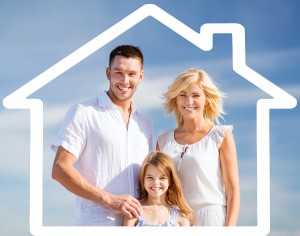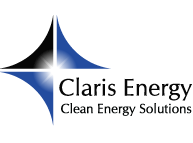 The addition of energy efficient features to a home in the US can result in significant green building tax deduction opportunities. A number of home modifications can be executed in 2014, giving owners a chance to make use of energy tax incentives.
The addition of energy efficient features to a home in the US can result in significant green building tax deduction opportunities. A number of home modifications can be executed in 2014, giving owners a chance to make use of energy tax incentives.
Regulations
Federal green building tax deduction opportunities were available until 2013. The policy expired and is currently being debated in Congress.
It is still unclear whether the policy will be extended, giving individuals that invested in green building modifications an opportunity to get some of their money back. Still, a number of incentives are available and homeowners can easily make use of these throughout 2014.
Nonbusiness Energy Property Incentive
This opportunity gives access to a nonrefundable personal tax credit that is available for any kind of energy efficient modification. There is a difference between tax credit and tax deduction. A tax credit reduces the amount paid in taxes while the green building tax deduction decreases the taxable income.
Many kinds of energy efficiency improvements qualify for non-business energy property incentive in 2014. Some of the most common varieties include:
- Insulation and other improvements that result in decreased heat loss
- Changes of windows and doors with energy efficient varieties
- The installation of special roofing that decreases heat loss
- The installation of electric heat pumps
- The selection of an energy efficient air conditioning system
- The installation of natural gas or propane water boilers
The non-business energy property incentive gives homeowners an opportunity to claim 10 percent of the cost of eligible property. The labor and the installation costs are excluded from the calculations.
This kind of incentive comes with a lifetime limit of 500 dollars for the years after 2005.
Other Tax Reduction Options
The residential energy efficient property incentive is a second opportunity that homeowners can benefit from.
In this instance, homeowners can claim up to 30 percent of the cost of purchasing alternative energy equipment. The equipment includes solar panels, fuel cells, solar water heaters, geothermal heat pumps and residential wind installations.
This type of credit will be available until 2016. For most kinds of residential property, there will be no tax incentive limitation.
A Few Additional Tips
There are several important requirements that homeowners need to familiarize themselves with in order to benefit from decreased taxes after installing energy efficient equipment in their home.
The non-business energy property tax incentive can be claimed solely in the year that the property has been installed.
Energy efficient improvements made to a second home cannot quality for this kind of tax reduction. According to regulations, homeowners must be living in that property in order to benefit from the available opportunities.
A property that is being used solely for business purposes will also be ineligible for the program. A property that is used for both business and residential purposes will be eligible for taxation reduction. A calculation will be made to exclude the property used for business purposes from the equation.
Steve Nanos
Latest posts by Steve Nanos (see all)
- LED Lighting – A Great EPAct 179D Qualification Possibility - February 3, 2015
- 45L Credit Requirements for Begun Constructions - January 29, 2015
- Can Section 179D Incentives Help Businesses Save a Lot of Money? - January 27, 2015

 609.275.8484
609.275.8484